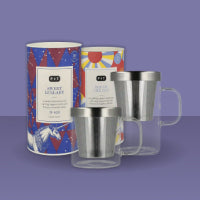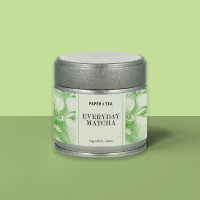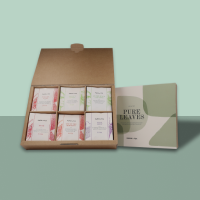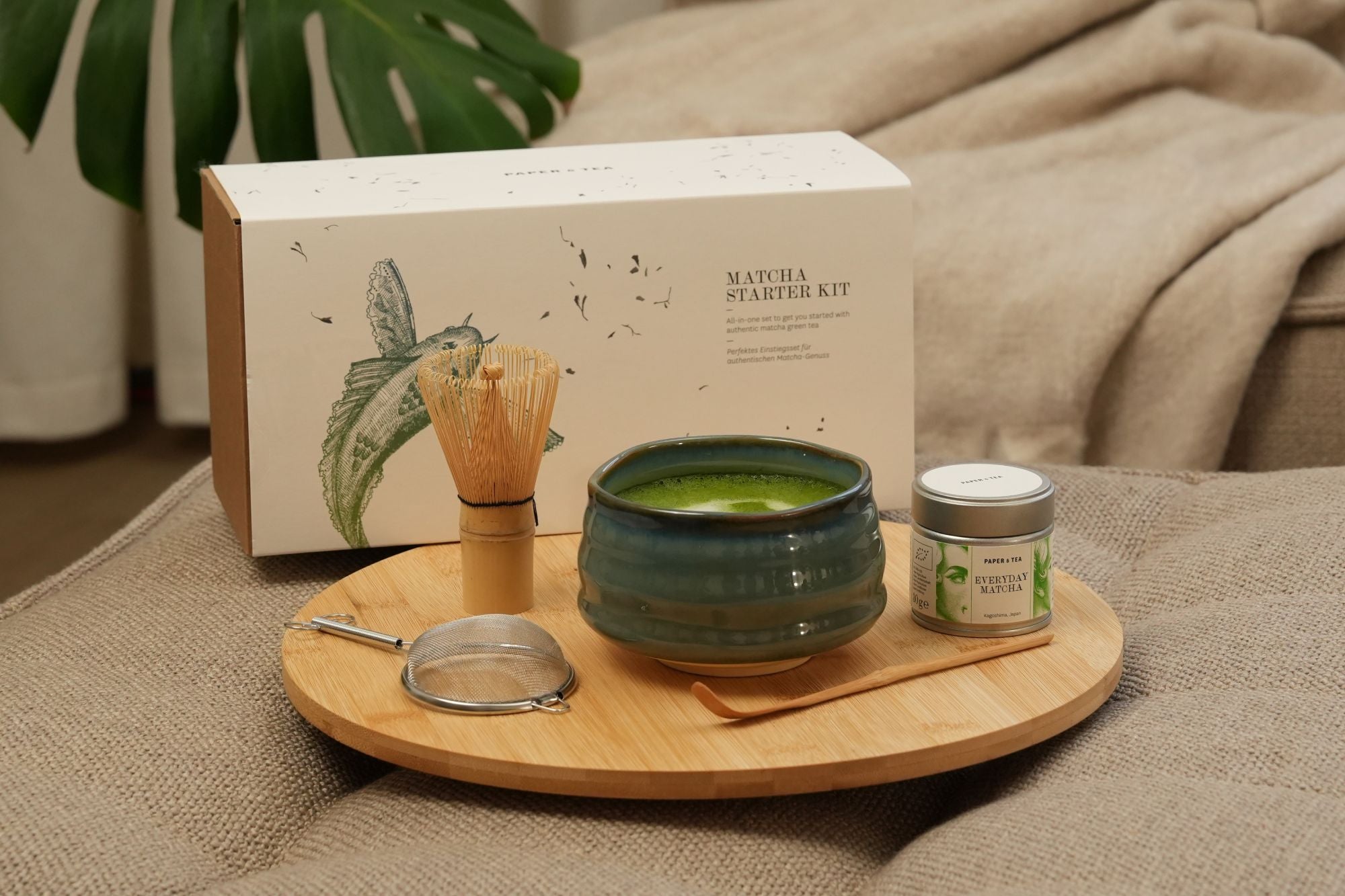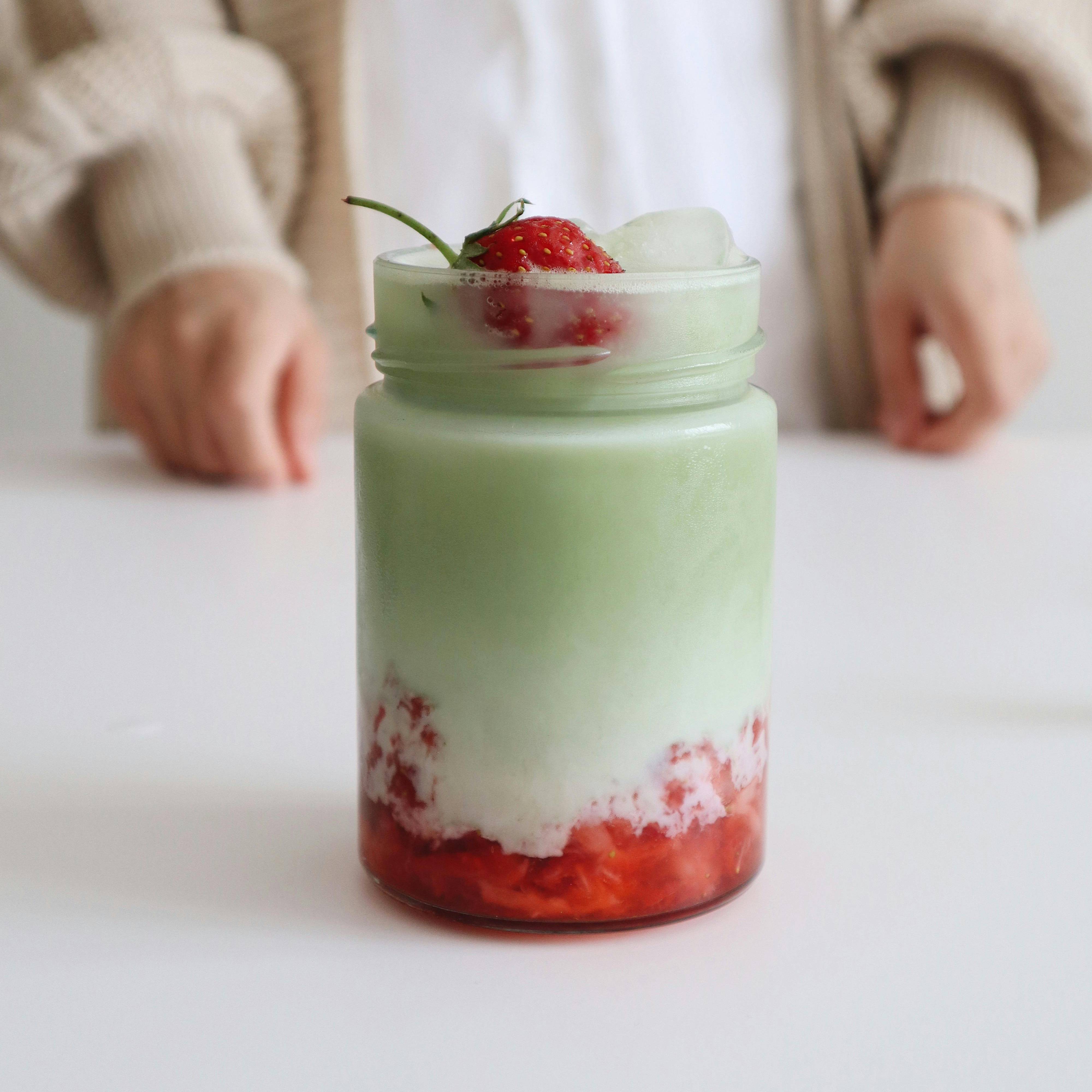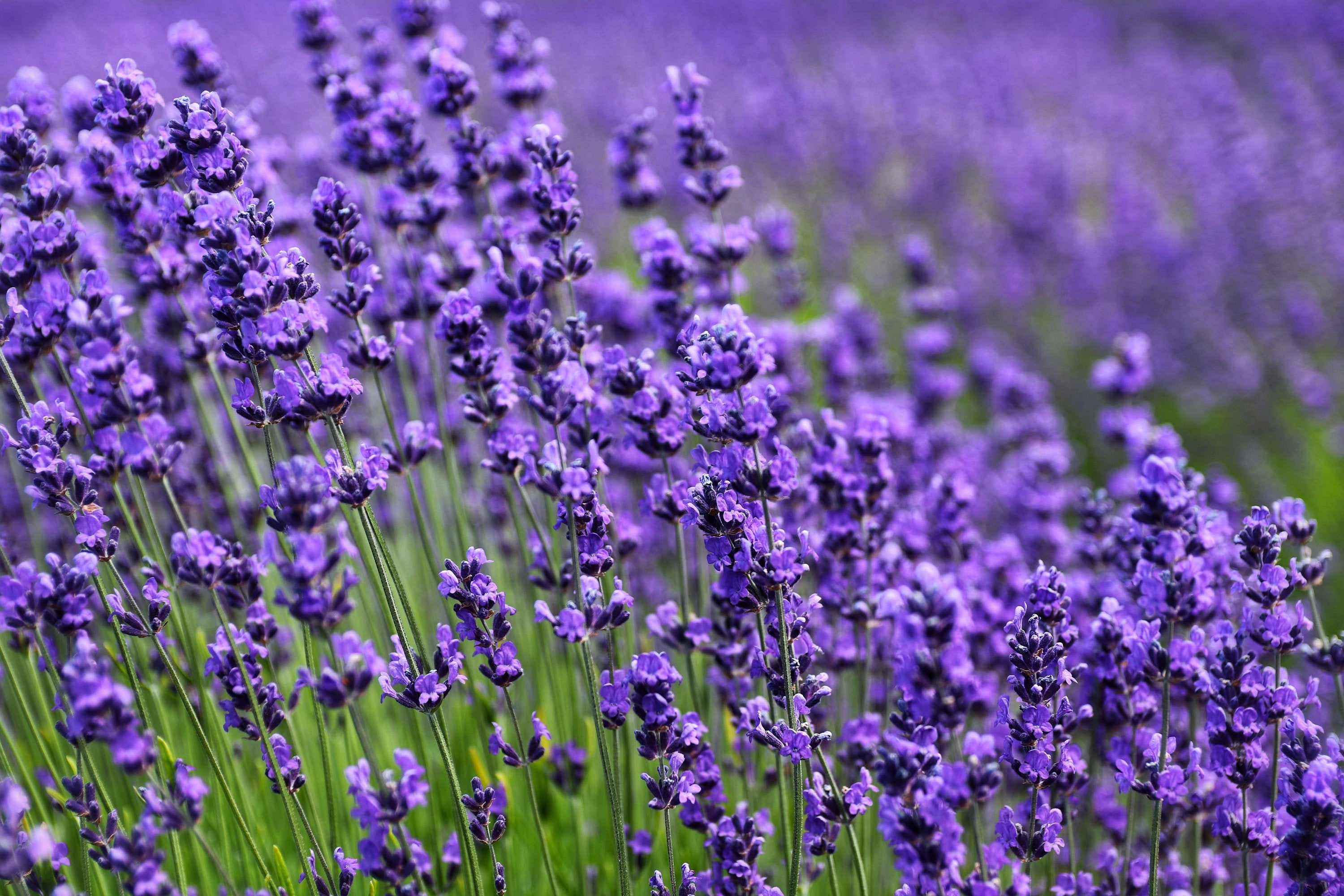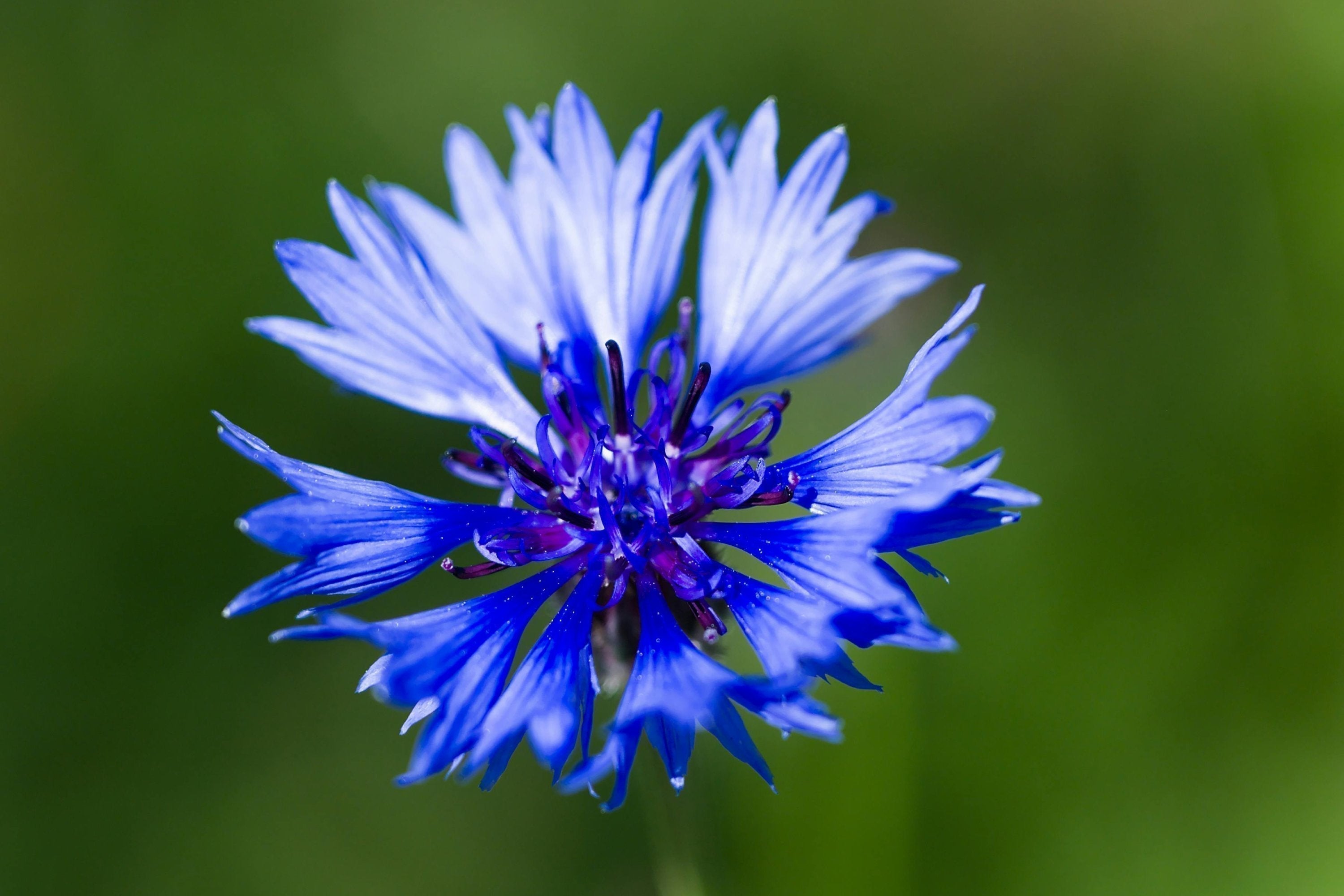The Buzz About Honey: Exploring its Types and Properties
Not all honey is the same; there is an impressive variety to explore. Honey can initially be classified into forest or blossom honey. Forest honey is made from honeydew and is generally darker and clearer than blossom honey, which is derived from flower nectar and has a creamier consistency. Popular varieties include lavender honey, acacia honey, and the renowned Manuka honey from New Zealand, sourced from the nectar of the Manuka bush. Each type has a unique consistency, color, and taste. Beyond its natural sweetness, honey is valued for its antibacterial and anti-inflammatory benefits. It is still used today as a home remedy for colds and sore throats. Be cautious of fake honey, which is often mixed with sugar syrup; buy regional products from Germany and look for certifications like "Echter Deutscher Honig" to ensure authenticity and high-quality.
From its Origins to Culinary Uses of Honey
For ages, honey has been a highly appreciated cultural commodity, integral to both culinary and medicinal practices. Ancient Egyptians bred bees to obtain honey as offerings to their deities. Today, it finds culinary use as a sweet spread, in marinades, sauces, honey mustard dressings, or as a natural sweetener in tea and yogurt. As a home remedy, honey is popular for alleviating cold symptoms; it is best enjoyed pure or mixed into a cup of tea, such as chamomile or mint. It's important that the tea isn't too hot; allow it to cool below 104°F (40°C) to preserve honey's valuable nutrients.
Fascinating Facts About Honey
- To produce 500 grams of honey, busy bees visit an astonishing number of 2 million plants and pollinate 7,5 million flowers, covering impressive flight distances of up to 120.000 km.
- Honey is not vegan, but there are numerous alternatives like maple syrup or agave nectar.
- Although honey tastes sweeter than regular sugar, it contains fewer calories.
- Mind the heat: Add a spoonful of honey to your tea once it has cooled at temperatures below 104°F (40°C).
